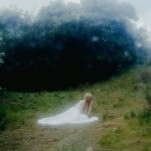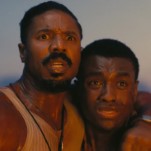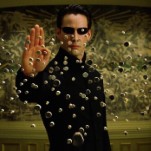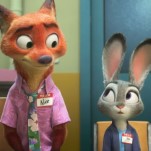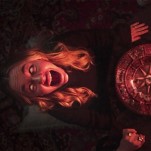The 20 Scariest Stephen King Short Stories
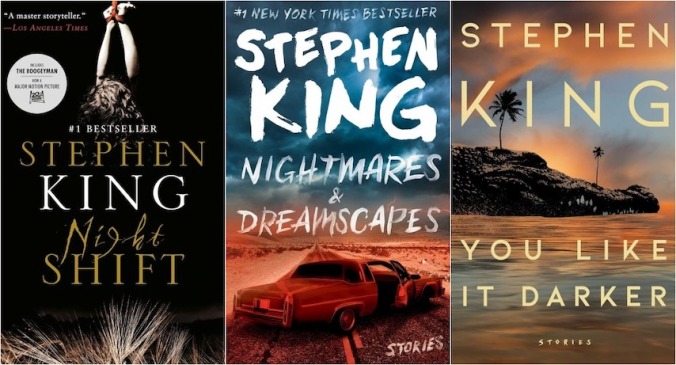
By now, we all know that the legendary Stephen King is capable of doing many more things than scaring us. He can move us, make us laugh, make us cry, and make us ponder the depth of his ideas for hours at a stretch. But through it all, King has never lost his tight grip on all the things that terrify us most, and nowhere is that more evident than his vast and diverse body of short fiction.
So, with Halloween on the horizon, I gathered up what I find to be the 20 most frightening short stories in King’s entire output, from early tales to recent releases. I tried to avoid longer pieces like novellas wherever possible (with one notable exception), and they’re presented here in rough chronological order based on when they were collected, so you know exactly which book to pick up if you want to be scared out of your wits by Halloween night.
Enjoy, Constant Readers.

Children of the Corn
A story so famous that you probably know what it’s about even if you’ve never read it or seen the movie, “Children of the Corn” has lost none of its horrifying power over the decades.
It follows a couple as they head into a small Nebraska town while on a road trip, only to find that all the adults have been murdered and the children have turned into monstrous worshippers of a mysterious corn deity. It’s a frightening idea, but in this case, it’s what King doesn’t show us, what he only suggests lurking behind the rows and rows of corn, that really gets under your skin.
Read It In: Night Shift (1978)

Graveyard Shift
There are many different kinds of terror lurking in Stephen King’s short stories, from the psychological to the human to the utterly existential. Then there’s “Graveyard Shift,” which goes for pure, gut-churning creature feature panic.
Set in an old textile mill and inspired by King’s own work history, it’s the story of a group of men who are cleaning out the mill’s basement and find it infested with rats. But not just rats. Monster rats like you’ve never seen or heard of before. It’s a wonderful exercise in imaginative grossness, and by the time the rats are scrabbling down the throats of their human victims, you’ll be struggling to hold the book open.
Read It In: Night Shift (1978)
-

-

-

-

-

-

-

-

-

-

-

-

-

-

-

-

-

-

-

-

-

-

-

-

-

-

-

-

-

-

-

-

-

-

-

-

-

-

-

-




